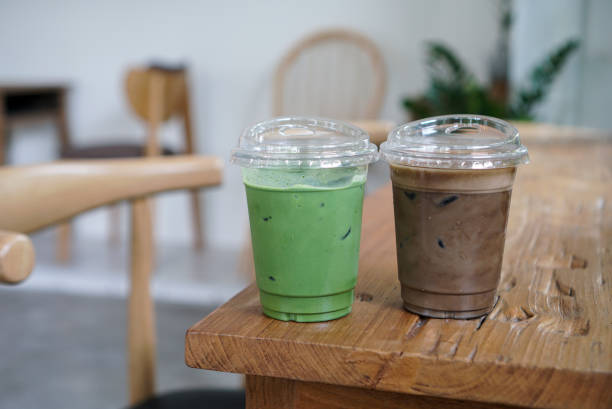Welcome to my today’s article about “Matcha Vs Hojicha”. Japanese green teas have long fascinated people around the world due to their unique flavors, health benefits, and cultural significance. Matcha and Hojicha are two of the most well-known Japanese green teas, each offering distinct qualities that attract global tea enthusiasts. Despite being from Japan, these teas provide differing experiences in taste, preparation, and culinary use, inviting tea lovers to discover the rich diversity of Japanese tea culture.
Matcha is renowned for its bright green color and frothy texture and has transcended its traditional origins to become popular worldwide. This finely ground powder, made from tea leaves grown in the shade, is valued for its intense flavor and notable health benefits. The preparation of Matcha is considered an art form, often associated with the peaceful Japanese tea ceremony where each step is carried out with mindfulness and precision. Besides its ceremonial use, Matcha has made its way into modern culinary creations, including lattes, smoothies, desserts, and savory dishes, showcasing its versatility. The elevated levels of antioxidants, mainly catechins, found in Matcha have contributed to its status as a superfood, offering numerous health advantages such as enhanced concentration, heightened metabolism, and added vitality without the restless feelings often associated with coffee.
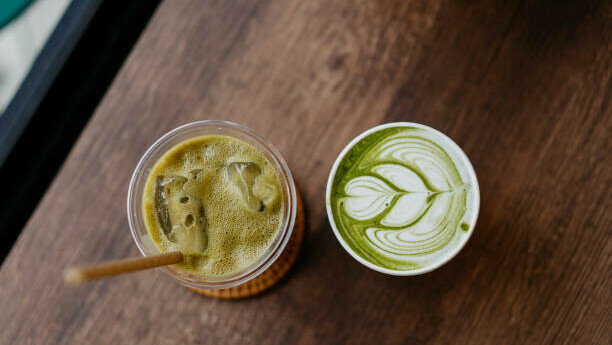
In contrast, Hojicha offers a comforting, roasted variation of traditional green tea. This distinct tea is produced by roasting banchan or sencha leaves, which transform their green color to a warm, brownish hue and impart a toasty, slightly caramel-like flavor. With its lower caffeine content, Hojicha is an excellent choice for an evening tea, providing a soothing, mellow experience. The roasting process changes the flavor and diminishes the bitterness commonly found in green teas, making Hojicha an enjoyable option for those looking for a gentler, more approachable tea. Its distinctive fragrance pairs well with a range of dishes, elevating the flavors of sweet and savory foods with unique qualities.
Despite being green teas, the differences between Matcha and Hojicha emphasize the diverse world of Japanese tea. Matcha’s intense, grassy notes and striking color sharply contrast Hojicha’s warm, roasted flavors and understated appearance. These differences extend beyond taste and appearance, reflecting the diverse cultivation, processing, and preparation methods that make each tea unique. For tea enthusiasts and those new to the world of tea, exploring Matcha and Hojicha offers a deeper understanding of the craftsmanship and tradition inherent in Japanese tea culture. Whether you’re enticed by the invigorating vibrancy of Matcha or the comforting warmth of Hojicha, these teas encourage you to embark on a sensory journey that celebrates the intricate allure of Japanese green teas.
Exploring the Rich Profiles of Matcha and Hojicha
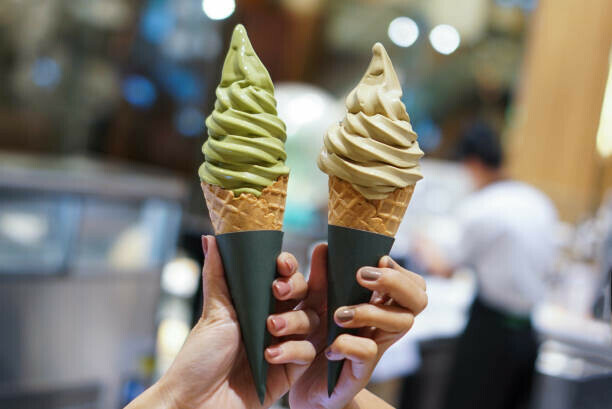
The rich profiles of Matcha and Hojicha offer a world of differences that enhance the enjoyment of Japanese green teas. Both teas bring distinct characteristics to the table, each captivating in its own way.
With its vibrant green color and finely powdered texture, Matcha easily captures one’s attention with its striking appearance. This bright color results from its carefully shaded cultivation process, which boosts chlorophyll production, resulting in a brilliant green leaf. The preparation of Matcha is equally visually appealing, involving ceremonial whisking that creates a bubbly, emerald-green beverage. On the other hand, Hojicha presents a warm, brownish appearance due to its roasting process. This shift from green to brown impacts its look, flavor, and aroma.
When it comes to flavor, Matcha and Hojicha deliver distinct taste experiences. Matcha’s rich, umami flavor is well-known for its bold, vegetal taste and slightly sweet aftertaste. Its intensity can be refreshing and grounding, making it a favorite among those who enjoy robust flavors. Conversely, Hojicha provides a mellow, earthy taste with roasted nuts and caramel notes. The roasting process reduces bitterness in other green teas, making Hojicha smooth and easy to drink, even for those new to green tea.
Aroma plays a significant role in the tea-drinking experience; in this aspect, Matcha and Hojicha differ. Matcha’s scent is fresh and grassy, evoking the vibrant landscapes of Japanese tea gardens. This refreshing and calming aroma sets the stage for the tea’s intense flavor. In contrast, Hojicha’s aroma is warm and toasty, with hints of smoke and caramelized sugar. This comforting scent invites relaxation and a cozy feeling, perfect for unwinding after a long day.
When it comes to preparation, each tea requires its own unique approach. Matcha demands precise whisking with a bamboo chasen to achieve its characteristic froth, emphasizing the ritualistic aspect of its preparation. The process is meditative, encouraging mindfulness and appreciation of each step. On the other hand, Hojicha is brewed like most loose-leaf teas but with slightly cooler water to enhance its smooth, roasted flavors without any bitterness. This simplicity in preparation makes Hoicha an accessible and comforting choice for everyday enjoyment.
Exploring the profiles of Matcha and Hojicha reveals not just two teas but two distinct sensory journeys, each offering a unique and enriching experience that highlights the diverse beauty of Japanese green teas.
From Leaf to Cup: The Creation of Matcha and Hojicha
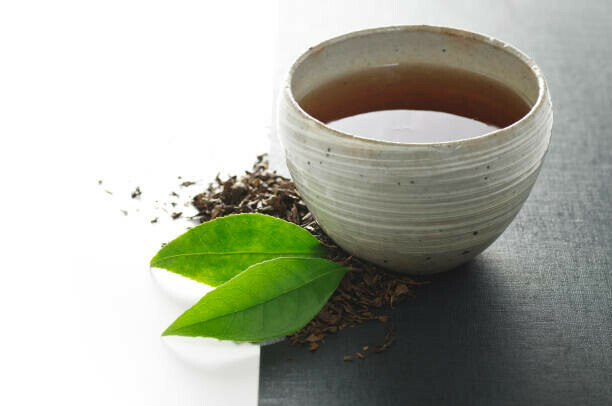
The meticulous artistry and tradition ingrained in Japanese tea culture are encapsulated in the creation of Matcha and Hojicha, from the leaf to the cup.
The process of shade-growing tea leaves significantly boosts the chlorophyll content, giving Matcha its vibrant green color. Once harvested, the leaves are steamed to preserve their rich green hue and fresh flavor. They are then transformed into tencha by destemming and deveining before being finely ground into a delicate powder using traditional granite stone mills. This fine milling is crucial for ensuring Matcha’s smooth texture and the complete extraction of nutrients when whisked into hot water. The result is a rich, bubbly beverage packed with antioxidants, vitamins, and a distinct umami flavor that sets it apart in green teas.
In contrast, Hojicha undergoes an entirely different transformation. Made from Bancha or Sencha leaves, Hojicha is created through a unique high-temperature roasting process. The leaves are roasted in porcelain pots over charcoal at around 200°C (392°F), giving the tea its warm, toasty flavor and characteristic brown color while also reducing its caffeine content. The high temperatures also produce Pyrazine, a compound responsible for Hojicha’s signature smoky aroma and smooth, caramel-like taste.
The caffeine content sets Matcha and Hojicha apart. Matcha is renowned for its elevated levels of caffeine, offering long-lasting energy and mental focus without the jittery effects often linked with coffee. This is all thanks to the presence of L-theanine, which synergizes effectively with caffeine. On the other hand, by roasting Hojicha, its caffeine content is significantly reduced, making it an excellent choice for a calming evening beverage that won’t disturb sleep patterns.
Pyrazine in Hojicha contributes to its unique smoky flavor and enhances its overall sensory profile, creating a multi-layered experience that appeals to both new and seasoned tea drinkers.
The journey from leaf to cup unveils the diverse and intricate processes that make Matcha and Hojicha so unique, from the careful milling of Matcha to the high-temperature roasting of Hojicha. Each sip offers a glimpse into Japanese tea craftsmanship, inviting us to savor the exceptional flavors and aromas crafted through centuries of tradition.
The Healthful Aspects of Hojicha: Should You Join the Trend?
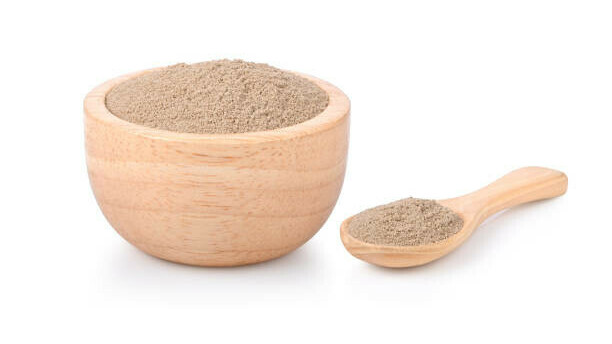
Incorporating Hojicha into your daily tea ritual offers many health benefits. Its unique flavor and positive effects make it a great addition to your wellness routine.
Lower caffeine levels in Hojicha make it a soothing choice for stress reduction. The roasting process reduces its caffeine content, making it a perfect evening drink that won’t disrupt your sleep. In addition, the warmth and roasted aroma of Hojicha promote relaxation, helping to alleviate stress and create moments of tranquility.
Hojicha’s antioxidants, particularly catechins, can help boost metabolism and support weight management by aiding in fat breakdown and increasing energy expenditure. With its low-calorie content, Hojicha can be an excellent flavor addition to a healthy diet.
Other significant benefits of Hojicha include supporting immunity and fighting inflammation. Its antioxidants, such as polyphenols, help combat oxidative stress, promote the body’s natural defenses, and reduce inflammation. Consistently drinking Hojicha can lead to a more robust immune system and a lower chance of chronic illnesses.
It is essential to have Organic Hojicha as it guarantees that the tea is devoid of dangerous chemicals and pesticides. It also supports environmental sustainability and ethical agricultural practices. Opting for organic Hojicha benefits your health and promotes ecological balance.
Adding Hojicha to your daily schedule is a straightforward but powerful method to improve your general health. Its stress-reducing properties, metabolic benefits, immune support, and the importance of choosing organic make it a tea worth exploring. Join the trend and explore how this unique roasted green tea can become a beloved part of your health and wellness journey.
Cultural and Culinary Accessories: Enhancing Your Matcha and Hojicha Experience
Exploring the cultural and culinary accessories that enhance your experience with Matcha and Hojicha is just as crucial as the teas. Choosing the perfect teaware, ensuring the quality of your Matcha, and considering whole-leaf options for Hojicha are all essential in creating a meaningful tea experience.
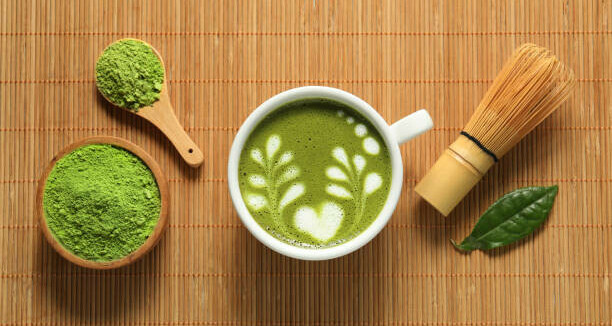
Teaware is essential for preparing and enjoying Japanese teas. To create a well-prepared bowl of Matcha, a bamboo whisk, or chasen, is crucial for achieving a smooth, frothy texture. The delicate prongs of the whisk break up clumps and add air, transforming the vibrant green powder into a creamy, delightful drink. A traditional Matcha bowl, or chawan, provides ample space for whisking and adds to the aesthetic pleasure of the tea ceremony. When it comes to Hojicha, choosing the right cup is equally important. A small, heat-retaining teacup, often made of ceramic, is ideal for savoring the warm, toasty flavors of this roasted tea. These cups enhance the sensory experience, allowing you to fully appreciate the aroma and taste.
Remember to always prioritize quality when it comes to Matcha. The best Matcha is a bright, vivid green, indicating freshness and high chlorophyll content. Always go for ceremonial-grade Matcha for drinking, as it offers the best flavor and texture. Culinary-grade Matcha, suitable for cooking and baking, doesn’t deliver the same delicate taste when prepared as a tea. Incorrect Matcha consumption, such as using water that is too hot or not whisking adequately, can result in a bitter, unpleasant drink. To avoid this, always use water just below boiling and whisk vigorously to achieve the perfect consistency.
For Hojicha enthusiasts wanting to expand their tea horizons, whole-leaf options provide a richer, more complex flavor profile than pre-packaged tea bags. Using loose-leaf Hojicha gives you more control over the brew’s strength because you can customize the tea amount and steeping duration according to your liking. This enhances the taste and preserves the integrity of the leaves, ensuring a fresher, more authentic tea experience.
By paying attention to these cultural and culinary accessories, you can turn your Matcha and Hojicha rituals into a celebration of the rich traditions behind these teas. Whether you’re whisking a bowl of Matcha or savoring a cup of Hojicha, the right tools and high-quality ingredients make all the difference, allowing you to completely immerse yourself in the beauty and complexity of Japanese tea culture.
Concluding Thoughts: Embrace the Aroma of Hojicha
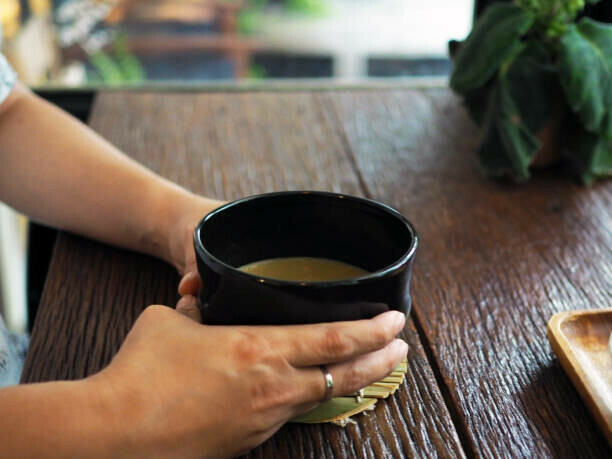
Here’s the fascinating realm of Matcha and Hojicha, and it becomes evident that these two types of Japanese green tea provide distinct yet equally rewarding experiences. Matcha, with its vibrant green hue and flavorful, savory profile, is famed for its abundance of antioxidants and its role in Japanese tea ceremonies as a representation of mindfulness. In contrast, Hojicha, with its comforting, roasted aroma and soothing flavor, offers a calming, low-caffeine option that is ideal for unwinding at the end of the day.
The debate between Matcha and Hojicha often piques the interest of tea enthusiasts, sparking questions about the differences in preparation and flavor. Matcha necessitates a bamboo whisk and a meticulous whisking technique to achieve its signature froth, while Hojicha is steeped like traditional loose-leaf teas. The flavors diverge significantly: Matcha’s bold, grassy notes contrast Hojicha’s gentle, toasted character. Hojicha’s residuals are concerned about caffeine intake; Hojicha’s lower caffeine content is an advantage, making it suitable for consumption in the evening without disrupting sleep.
Another common query revolves around the health benefits of each type of tea. Matcha is highly valued for its abundant catechins, powerful antioxidants that combat oxidative stress and support overall health. It also contains L-theanine, which encourages relaxation and mental clarity. Hojicha, despite its lower catechin content due to the roasting process, still provides an abundance of antioxidants and a unique compound called Pyrazine, which contributes to its soothing properties and distinctive flavor.

So, why should you consider trying Hojicha? The answer lies in its distinct appeal. Hojicha’s comforting, roasted flavor Offers a delightful departure from more intense green teas, providing a soothing and pleasant drinking experience. Its versatility in culinary applications, from accompanying sweets to infusing savory dishes, adds another dimension of enjoyment. Additionally, the lower caffeine content makes it an excellent option for those seeking a mild, calming beverage that can be enjoyed anytime.
Incorporating Hojicha into your routine means embracing a piece of Japanese tradition, offering a beverage and a moment of tranquility and warmth. Whether you’re a seasoned tea enthusiast or Japanese tea, Hojicha promises a unique and rewarding journey that could quickly become your next preferred tea. So, brew a cup, savor the aroma, and let Hojicha’s comforting embrace become a part of your tea journey.
I would love to receive your comments down below, in case of any.

